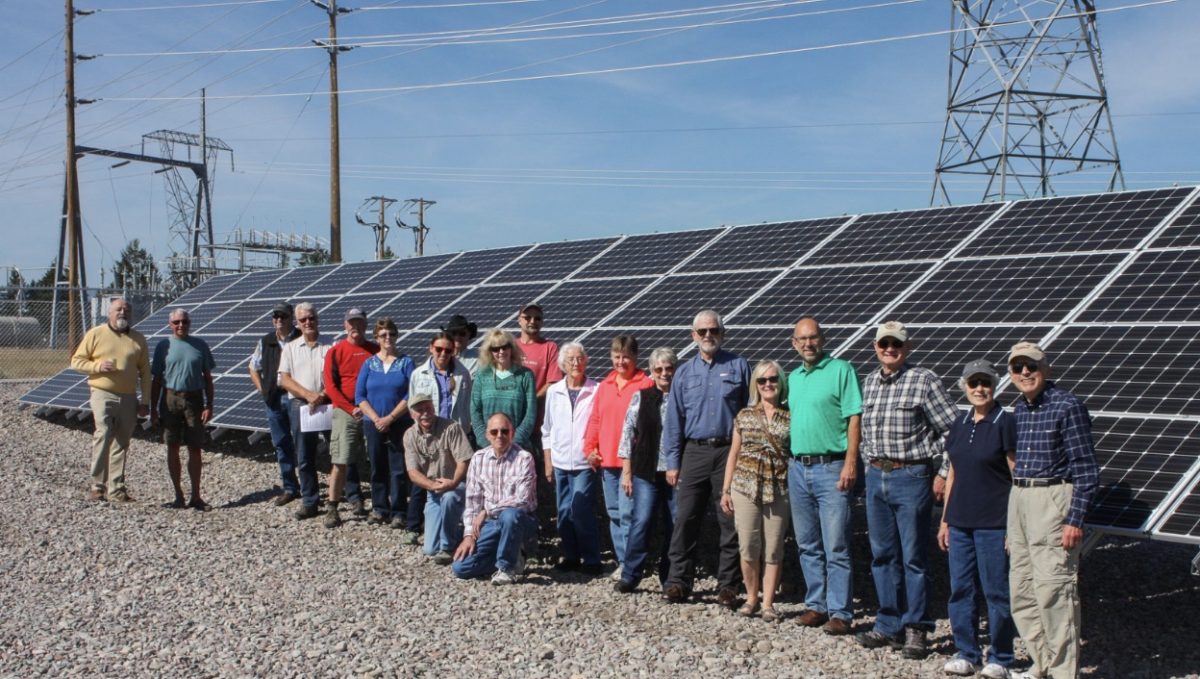Every one of the seven utility resource plans that pv magazine covered in depth this year was biased against solar. Utilities used common techniques to pull this off.
In each state where solar associations and clean energy groups challenged such anti-solar bias, they made similar arguments, but generally did not make headway with regulators.
Here are the most common methods used by utilities to block solar in their resource plans in 2019, according to testimony in each regulatory proceeding.
Assuming high future costs for solar: The National Renewable Energy Laboratory is an enabler of this method, as its Annual Technology Baseline includes a constant cost scenario which assumes that ongoing improvements in solar technologies and costs have come to a halt. Utilities using this method include Tennessee Valley Authority, Dominion Virginia, DTE Energy (Michigan), PREPA (Puerto Rico).
Assuming low future costs for fossil and/or nuclear resources: Tennessee Valley Authority, PREPA, Northwestern Energy (Montana).
Setting an arbitrary limit on solar additions each year: Maybe a given utility can’t imagine installing more than a few hundred megawatts of solar each year, but our nation’s solar developers could easily install one or more gigawatts per year for them. Utilities using this ploy — Tennessee Valley Authority, Dominion Virginia, PREPA.
Ignoring solar-plus-storage: The easiest way to keep solar-plus-storage out of your resource plan is to not include it as an option. Utilities using this method or a similar one — Georgia Power, Dominion Virginia.
Excluding competitive bidding for solar: Dominion Virginia, DTE Energy
Hard-coding the utility’s preferred resources: This is essentially thumbing your nose at your own model — DTE Energy
Assuming coal plants cannot be retired: When a coal plant is retired there are savings from avoided fixed operating and maintenance costs, which can be substantial on a per-kWh basis for a coal unit that is rarely operated — Duke Energy
Ignoring single-axis trackers: DTE Energy
Not considering flexible solar generation: Dominion Virginia
Using an allegedly outmoded and soon-to-be-retired model: Georgia Power
One solution could be transparent utility modeling, which an expert witness for the Solar Energy Industries Association called for in a Michigan case. Several states and Puerto Rico already require this type of modeling, although enforcement is often a challenge.
This content is protected by copyright and may not be reused. If you want to cooperate with us and would like to reuse some of our content, please contact: editors@pv-magazine.com.








These entities mentioned “should” be highly skilled at their craft. Unfortunately it seems assumptions have taken over established science, correct admission of actual data, like the financial up side of “going out to bid” on these large energy projects and adding some kind of energy storage to the project to allow revenue stacking of the project as a whole. Logically, an electric utility would rather sign a long term PPA with a generation development that has more than one revenue resource built into the project cost. Energy storage seems ripe to bring down the amortization of these energy generation projects as well as provide an ancillary service revenue stream, “when the sun goes down”.